Story of Virginia Woolf’s last novel, Between the Acts
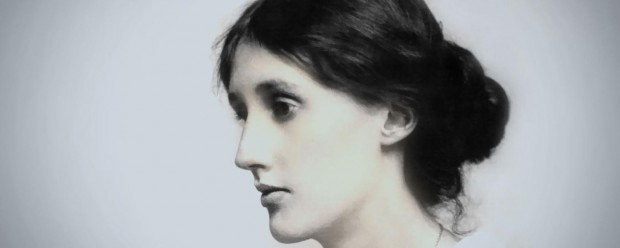
Virginia Woolf wrote Between the Acts shortly before she died and against a backdrop of turmoil and war. Today, her final novel is one of her least-known – and most striking.
On 27 March 1941, Virginia Woolf wrote to her publisher, John Lehmann, and confided her worries about the novel she had been writing. She felt that Between the Acts was “too silly and trivial” to bring out in its current form. Instead, she wrote, she would aim to revise it for publication later in the year.
The following day, before Lehmann had even received her letter, Woolf filled her pockets with stones, walked into the River Ouse and drowned. Her mental state was a recurrence of her depressive illness, likely intensified by the advent of war in Europe. She was 59, the author of eight novels including Orlando, Mrs Dalloway and To the Lighthouse as well as numerous pieces of non-fiction. Her close network of friends and family place her at the centre of what we have come to know as the Bloomsbury Group.
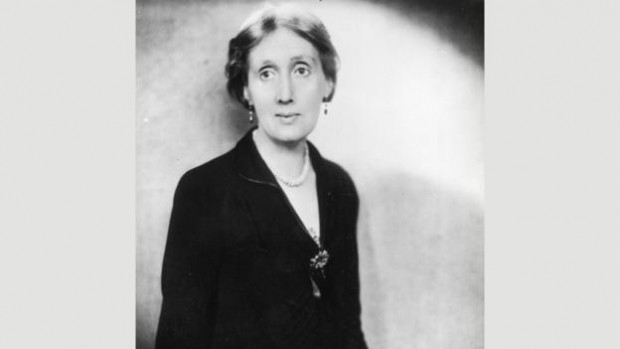
Both her publisher and her husband, Leonard Woolf, had reassured her about the quality of Between the Acts. When it was published posthumously in July of the same year, Leonard added a note explaining that the manuscript had not been finally revised at the time of his wife’s death. But, he wrote, “She would not, I believe, have made any large or material alterations in it, though she would probably have made a good many small corrections or revisions before passing the final proofs.”
Virginia Woolf worried that Between the Acts was ‘too silly and trivial’ to be published
Though it is impossible to know with certainty how revisions on Between the Acts might have proceeded, what we can say without a doubt is that the novel is neither silly nor trivial. Despite the inherent comedy that its setting and action allows – the book describes a pageant staged in the grounds of a country house – it evokes and encompasses, as Woolf herself hoped it would, “all life, all art, all waifs, all strays”. Its ambition and execution – complete with moments of fragmentation, passages of prose poetry and darting movements from one character’s consciousness to another – are strikingly original, daring and yet assured. No wonder that the writer Alexandra Harris, in her wonderful book Romantic Moderns, describes Between the Acts as “the richest and most self-aware expression of this turn towards an impure, inclusive and very English eye”.
War on women
Critics have noted Woolf’s tendency to incorporate discussions of social conditions and the possibility of change in her later work, particularly in relation to women. In 1937, she had published her bestselling novel The Years, which tracked the life of the Pargiter family over five decades and examined the prospects and constraints of its female characters.
A year later came a polemical work of non-fiction that she had conceived in tandem with The Years. Three Guineas, written in the form of a letter to a male correspondent, probed the various different ways in which war might be prevented – and how the social position of women prevented them from playing a full role: “The question which concerns us is what possible help we can give you in protecting culture and intellectual liberty – we, who have been shut out from the universities so repeatedly, and are only now admitted so restrictedly; we who have received no paid-for education whatsoever, or so little that we can only read our own tongue and write our own language, we who are, in fact, members not of the intelligentsia but of the ignorantsia?”
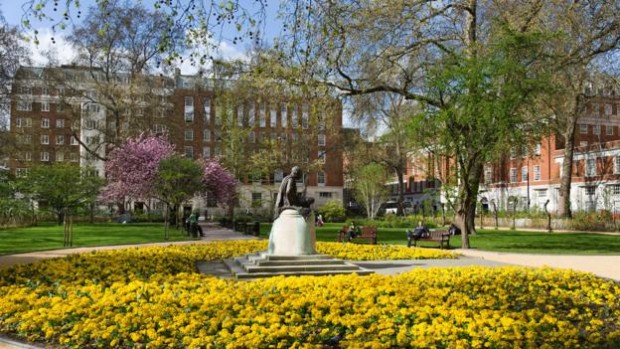
Emerging from that work, and grieving for her nephew, Julian Bell, who had been killed in the Spanish Civil War in 1937, Woolf turned her mind to Between the Acts. She worked on it from 1938, when war threatened, to 1941, after the conflict had begun and when London itself was under attack.
Woolf worked on the novel from 1938, when war threatened, to 1941, when London itself was under attack
Woolf had thought of calling the novel Pointz Hall, which is where, six weeks before the outbreak of war, we begin: at a “middle-sized” country house that might sound delightful to the contemporary reader but which is described as “too homely” to warrant its inclusion in guide books. The issue of status makes an appearance early on, as we learn that the house has only belonged to the Oliver family for a little over a century. There is, though, pedigree of some kind, as a walk up the staircase reveals: “A length of yellow brocade was visible half-way up; and, as one reached the top, a small powdered face, a great head-dress slung with pearls, came into view; an ancestress of sorts. Six or seven bedrooms opened out of the corridor. The butler had been a soldier; had married a lady’s maid; and, under a glass case there was a watch that had stopped a bullet on the field at Waterloo.”
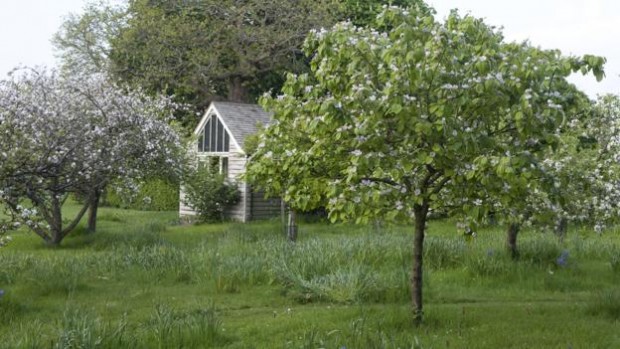
But that is all in the past. The Olivers currently occupying the house are a somewhat different matter: the paterfamilias, Bartholomew, a retired member of the Indian Civil Service; his sister, Lucy Swithin, a widow who summers at Pointz Hall; his son Giles, who works in the city; Giles’s wife Isa; and the couple’s two children.
It is Isa – the only non-Oliver among the protagonists – who opens proceedings with a vaguely yearning look toward a local gentleman farmer, alerting us to the fact that all is not well in her marriage.
Sound of silence
Much of the novel’s power comes from the way it juxtaposes hubbub and quietness. A vase stands “in the heart of the house, alabaster, smooth, cold, holding the still, distilled essence of emptiness, silence”; outside, preparations for the afternoon’s revelry gather pace. Mrs Swithin’s thoughts rustle through her mind, frequently confusing and eluding her and, as she tells her brother, proving hard to verbalise:
“‘We haven’t the words – we haven’t the words,’ Mrs Swithin protested. ‘Behind the eyes; not on the lips; that’s all.’
‘Thoughts without words,’ her brother mused. ‘Can that be?’”
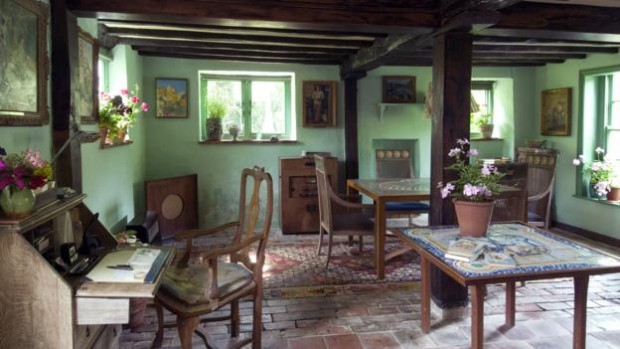
But even the silence inside the house is shattered by the unexpected arrival of the glamorous Mrs Manresa, trailing in her wake a young man named William Dodge and producing from their picnic basket a bottle of champagne to liven the lunch. It is no surprise when Mrs Manresa – who has caught the eye of Giles – decides to settle in for the pageant.
It is that piece of theatre – orchestrated by the perfectionist, driven and doubting Miss La Trobe – that provides Between the Acts with its potency. “She wanted to expose them, as it were, to douche them, with present-time reality. But something was going wrong with the experiment. ‘Reality too strong,’ she muttered. ‘Curse ‘em!’ She felt everything they felt. Audiences were the devil. O to write a play without an audience – theplay,” Woolf writes.
As the pageant, a pastiche of English history, progresses from the Middle Ages up to the Victorian era, its action is interrupted with the thoughts and comments of the audience. Only in the finale, when a group of mirror-bearers – “malicious; observant; expectant; expository” – takes the stage, does the gathering reflect back on itself.
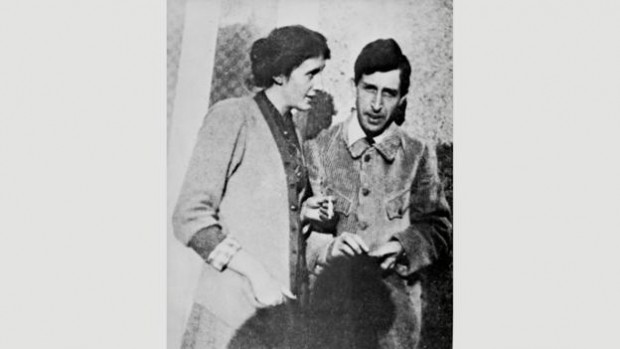
As Woolf finished the novel, she felt once again her own mind beginning to fracture, as the note she left Leonard before she died attests: “Dearest, I feel certain I am going mad again. I feel we can’t go through another of those terrible times. And I shan’t recover this time.”
Society itself was threatening to fall apart
At the same time, society itself was threatening to fall apart. Art – as personified by Lily Briscoe and Miss La Trobe – seemed to have little power to hold it all together. As the novel closes, Isa and her husband face each other, while outside lies “the night that dwellers in caves had watched from some high place among the rocks”.
That Woolf should put such a dynamic, ambiguous drama at the heart of her final novel is entirely fitting for a writer who sought to explore the mysteries of character and consciousness throughout her extraordinary body of work.
How to submit an Op-Ed: Libyan Express accepts opinion articles on a wide range of topics. Submissions may be sent to oped@libyanexpress.com. Please include ‘Op-Ed’ in the subject line.
- Libya’s HCS invites applicants for key state roles - December 31, 2023
- UK calls on Iran to prevent escalation in Israel-Hamas conflict - November 05, 2023
- Libyan Interior Minister: Immigrant shelter costs a fortune - November 05, 2023


